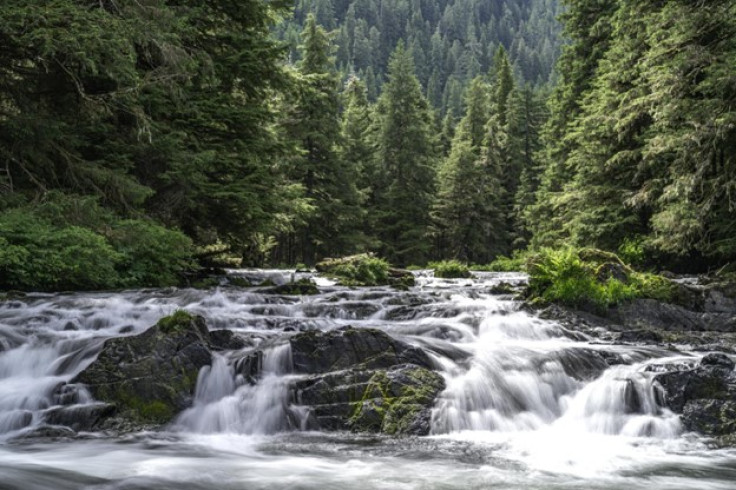
In the beginning of 2024, companies, conservation advocates, and Alaskan tribes challenged recent lawsuits that would remove protections of the Tongass National Forest. This is why they must prevail:
A Forest of Superlatives
The Tongass National Forest is a bit of a marvel, to say the least. Strangely, not many Americans have heard of it. As a citizen, I first heard the words when I was 30 years old.
It happens to be the largest national forest in the United States—16.8-million-acres-large.
The Tongass also happens to be the largest intact coastal temperate rainforest in the world; as if the prior superlative statistic wasn't enough, this one may be an even bigger deal yet.
This is because coastal temperate rainforests are the nursing grounds for a "hugely disproportionate share of the world's biological production," states the USDA Forest Service.
"They accumulate and store more organic matter than any other forest type (including tropical rain forests), as much as 1,000-2,000 metric tons of wood, foliage, leaf litter, moss, other living plants, and organic soil per acre. The adjacent waters are productive as well. Alaska temperate rain forests consist of thick stands of Sitka Spruce, Yellow Cedar, Red Cedar, and Western and Mountain Hemlock."
Geography and Wildlife
Of the approximately 17 million acres, just under 10 million are forested, while the rest are covered by water, ice, and rock. This varied geography fosters a plethora and diversity of wildlife.
Marine mammals like humpback whales, orcas, porpoises, sea otters, seals, all five species of Pacific salmon, Dolly Varden char, and various types of trout are common amongst the waters.
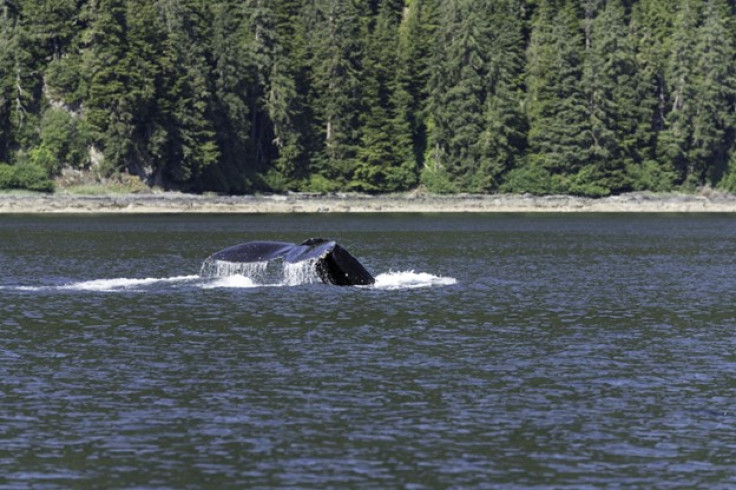
On land, the Alexander Archipelago wolf, the largest population of coastal brown bears (the biggest of the grizzlies) in North America, black bears, mountain goats, moose, deer, and smaller animals such as beavers, foxes, and porcupines are found.
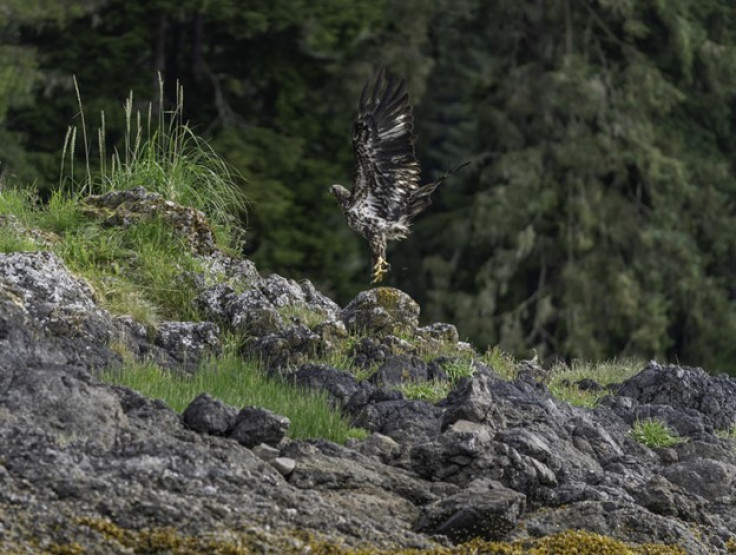
And for the air, the largest concentration of bald eagles in the world gathers here, among migrational swarms of songbirds and other year-round, winged residents like the rare Kittlitz's Murrelet.
The Power of Old Growth
The other aforementioned keyword used to describe this forest is: "intact." "Intact" is important. "Intact" is bittersweet.
In the case of the Tongass, the word implies the forest has remained well protected (although challenged time and again) and is therefore home to "old-growth" forests: concentrations of trees over 150 years old.
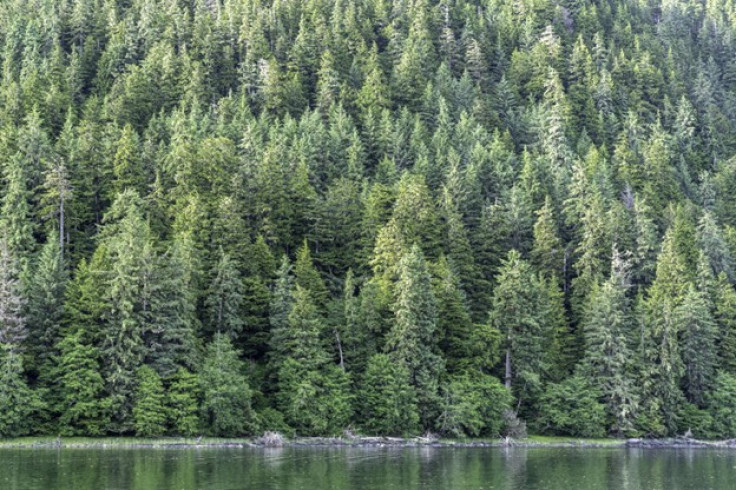
Old-growth trees are unique in that they "absorb and store huge amounts of carbon, providing a myriad of water and air purifying services, while housing innumerable species and providing cool, shady refuge in a changing climate," writes Gabrielle Habeeb for the National Resources Defense Council.
In the Tongass, some trees are known to be well over 500 years old. The Tongass serves as the country's largest forest carbon sink, making its protection critical for U.S. efforts to curb greenhouse gas emissions and to set a global example, the Center for Biological Diversity exclaims.
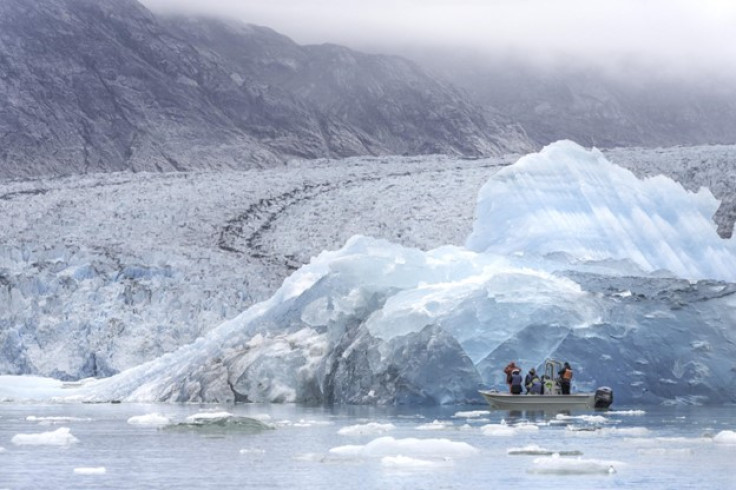
That is the sweet. The bitter is, that the Tongass is one of the last coastal temperate rainforests in the world.
Now that the terms "intact" and "coastal temperate rainforest" have been qualified, one can see the need to press on protecting this forest in the Northwest corner of the United States.
The Current Challengers
While perils exist to various areas of the Tongass from multiple industries, the most imminent regards a currently steaming-hot, back-and-forth battle regarding the "Roadless Rule:" a conservation designation which, if bestowed, federally prevents the forest from industrial logging and road-building.
"Steaming-hot" describes this fight because it is boiling, again, right now.
Not even a year after the Tongass was once again protected under the Roadless Rule (after Trump's 2020 removal of such protection), on January 30th, 2024, Alaska tribes, conservation advocates, small tourism businesses, and others had to step up to bat to fight for it, again.
Their current stand at home plate is in opposition to three separate lawsuits filed in federal court in September 2023 to remove the Roadless Rule.
Which parties are in favor of removing the Tongass' protection? The State of Alaska, utility company Inside Passage Electric Cooperative (IPEC), and other industry supporters. IPEC supplies electricity to some communities in the Tongass and CEO Jodi Mitchell wants easier access to the forest for less expensive utility alternatives.
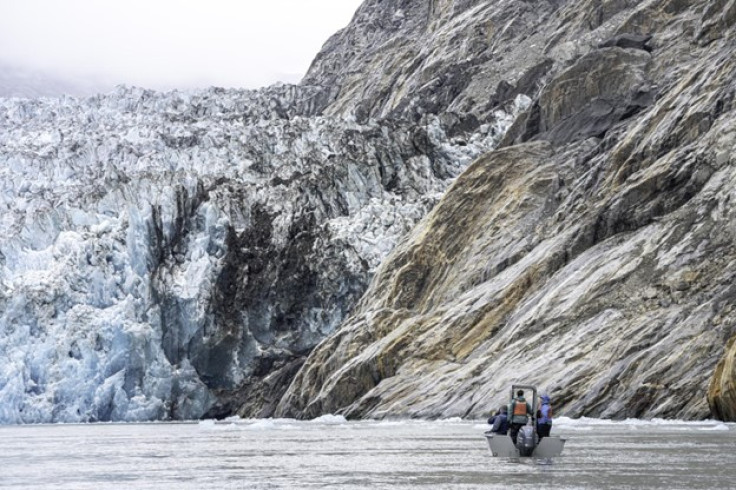
A Key Player, Forty Years into the Fight
One of the local tourism businesses fighting to protect the Tongass via the Roadless Rule (and other ways over the years) is a small ship, eco-luxury cruise line called The Boat Company.
Since 1979, The Boat Company's mission has been to preserve the area by cruising two small ships through its waterways, immersing passengers into the quiet homes of millions of trees, amongst enough bald eagles to the point you stop counting and more—inspiring them to help protect it.
"While the U.S. primary elections are underway, one cannot help but think of those who have been pivotal in protecting the Tongass in recent years. The one and only House of Representatives seat for the state of Alaska is currently held by Democrat Mary Pelota since 2022—after 50 years in GOP hands. This November, her seat is up for grabs again," explains Hunter Hartford McIntosh, a descendant of the Great Atlantic & Pacific Tea Company and The Boat Company's current President.
As a non-profit cruise line—the only one in the world, in fact (add that to the Tongass superlative list)—The Boat Company has contributed over $30 million in protections to the Tongass National Forest.
The company's trips are often reviewed as "the best trip of our lives" and a portion of clients' ticket price is tax-deductible.
Due to the ships' size, the experience is nothing like the typical Southeast Alaska cruise. With 10-12 cabins, small groups of passengers find themselves tucked into private coves at night, accessing fishing, hiking, and wildlife-viewing areas no other cruise line can provide.
I know this because I went on this cruise. I breathed the air of millions of trees; I felt the deep solace of myself set against their vastness. I saw only another 20 people for 6 days straight. I disembarked the M/V Mist Cove in Juneau to find myself a bit shell-shocked by civilization in fact.
That's why I'm writing this piece.
Such an intimate experience is no mistake. "People tend to protect what they love," says McIntosh.
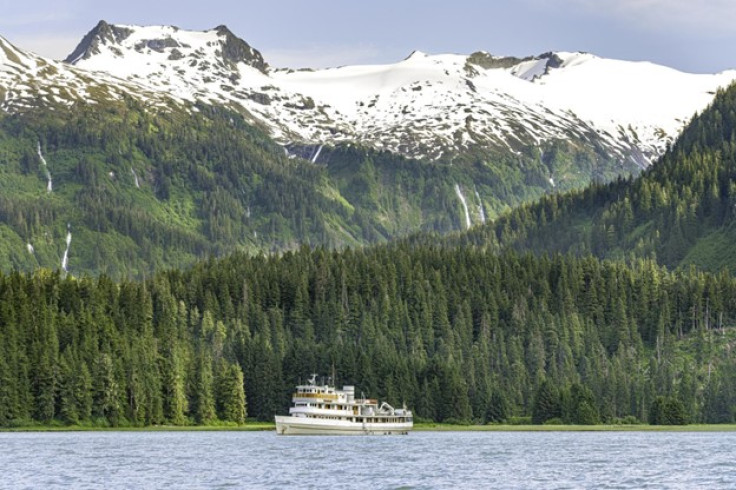
A Case First of Its Kind
Overall, the fight for the Tongass National Forest may be one of the strongest conservation case studies of our time. As the only forest of its kind, with so much remaining intact, what fascinating results could keeping a forest in this condition show us?
The USDA Forest Service tempts: "In fact, there are no threatened or endangered species on the Tongass National Forest."
The irony of a fight taking place to protect the densest home of our nation's emblem, the bald eagle, is not lost on me during these times.
Eco-tourism is an ingenious upcoming opportunity to contribute and be immersed in all that you are protecting whilst you are protecting it.
The Boat Company is not the only key player in the fight to protect the Tongass National Forest. Many companies, individuals, and groups have been fighting for the cause for decades.
(Marisa is a conservationist, photographer, and writer. She is in awe of life on this planet and is dedicated through her talents to protecting it.)
Disclosure
The Boat Company is a nonprofit organization that introduced Marisa to the Tongass National Forest. She writes this piece in an effort to spread awareness of this little-known forest and its current threats, and it is possible The Boat Company may profit from this article as they are indeed a cruise line service mentioned, operating in the area (however, again, all profits go back to conservation efforts).







